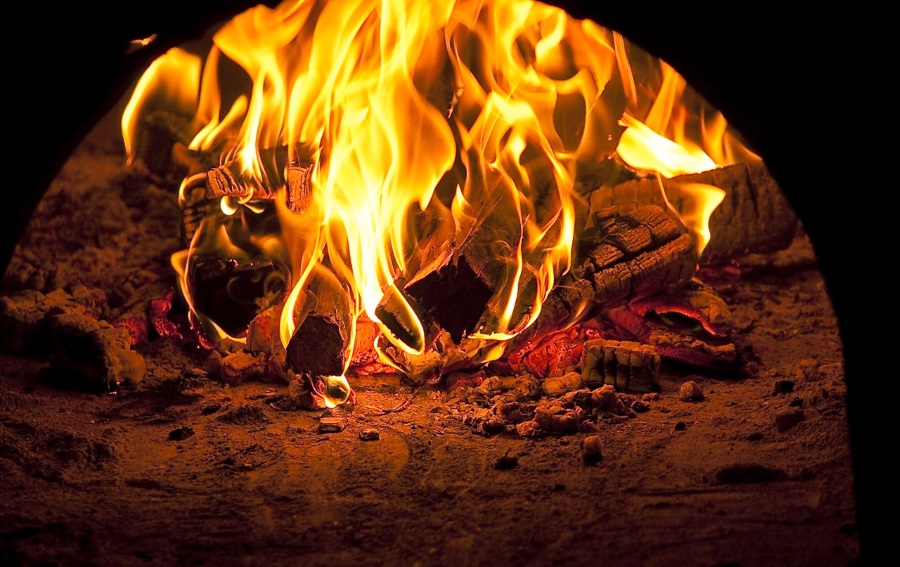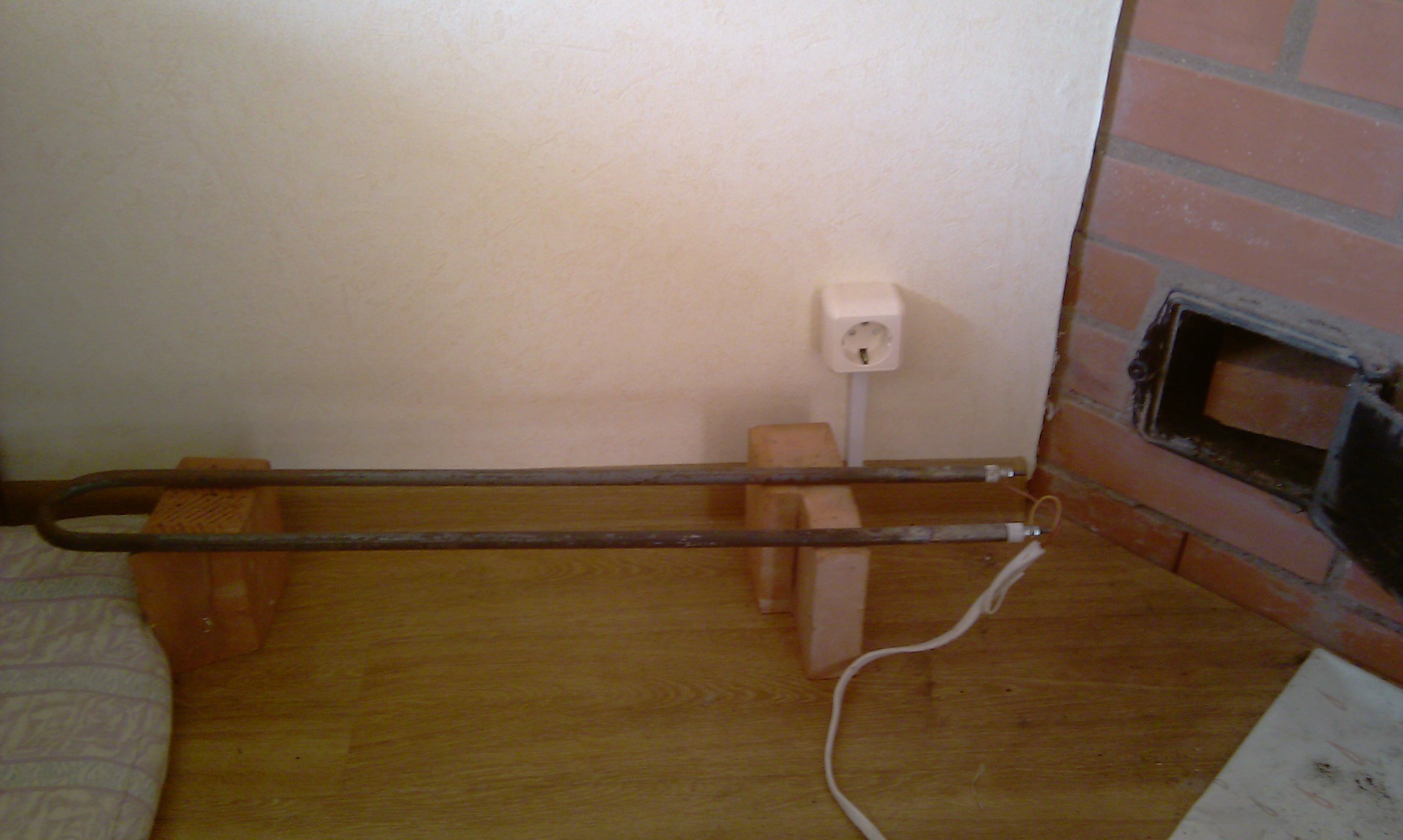Firewood, electricity and sms - we maintain the temperature in the summer house cheaply

Hello, Habr!
Our first publication is devoted to the topical issue at this time of the year: home heating. Many ideas of solutions based on our products come to us from outside. So this time the client called us and asked for help to automatically maintain the temperature and create a remote control of the heating of the house, equipped with two wood stoves. We laughed heartily, but the problem must be solved.
')
So, at the entrance, we have a quality insulated house, where the owners live only on weekends. Actually, it can be considered a summer residence. The house has two wood stoves (what kind of a dacha without a fireplace, right?), And there is an external power supply, electricity grid with a low nightly rate. What you need to get at the exit? Economical heating throughout the week, not just on weekends, and the ability to intervene, if necessary, via SMS.
Decision
In order to heat the house on weekends, it was decided to use all the same stoves. The advantages of a brick furnace are obvious - it heats up quickly enough and gives off heat for a very long time, maintaining an acceptable value for the room temperature (acceptable for the safety of the room itself, where there is no excess moisture, there is no risk of pipes and other “joys” freezing).
But how to ensure the heating of the furnace on weekdays, when there are no homeowners? The solution is unexpected - an electric heater (TEN) with a power of 1 kW is installed in the cleaning hole, for the main furnace, and 0.5 kW for the auxiliary one. Power is chosen in such a way that it was possible to maintain the temperature in the house in the absence of the owners. The goal, to completely heat the house, was not intended. To do this, just have a wood stove.

The heating element is not installed tightly, so that the cleaning door, if necessary, retains its functionality.

Management TEN-s
In order to be able to remotely control the heating of the furnace on weekdays, a connection is used via an automatic machine, which also houses the control unit with an SMS module.
What was used:
BM8039D - Guardian main unit - 1 pc.
BM8070D - power relay 16A - 1 pc.
BM8079D - power supply - 1 pc.
NM18B20 - set of 2 temperature sensors - 1 pc.
Programmable timer IEK - 1 pc.
How to connect it?
To save money and details, temperature sensors were connected directly to the DB9 connector on the front panel of the VM8039D. It took one powerful BM8070D relay, able to cope with a current of 7A (the relay can withstand twice the load). Temperature sensors connected using twisted pair.
How it works?
In total, two thermostats are used, the main one (with monitoring of the heating of the room at night, temperature - 20 degrees) and auxiliary, which ensures that the temperature does not drop below 8 degrees above zero.
The whole system is open from 11 pm to 7 am at a cheap nightly rate. During this time, the stove heats up, and in the daytime it gradually gives off heat to the room, preventing the temperature from dropping to negative values (here it is worth remembering about the auxiliary thermostat that monitors the temperature at any time of day, preventing it from dropping below 8 degrees above zero. If there are severe frosts outside, then the stored energy of the stove may not be enough to keep the temperature above 8 degrees, and if anything, the emergency / auxiliary thermostat starts working, heating the house to 8-12 degrees Celsius due to Other daily fare.
At the same time, the owner of the house receives SMS-notifications about the indoor temperature. If something goes wrong, with the help of SMS you can turn on the system for heating.
Heating system diagram

Thermostat L1 energizes the heater only if the “night” timer has been activated. But the auxiliary thermostat supplies voltage immediately, directly
The owner of the house and two wood stoves are pleased with the result. And we - an interesting challenge. Throw more;)
UPDATE: We are criticized in the comments for the use of heating elements, if not the most efficient sources of heat. And for heating the air in the furnace, and not directly its mass. The fact is that the client himself created the thermal part on the basis of the presence of heating elements and the unwillingness to carry out construction work. Our task was to help him manage all this. We have completed this task. Moreover, the electronic part will work with any other electric heaters - the main thing is to have enough relay power.
Your Master Keith
Source: https://habr.com/ru/post/244841/
All Articles